
As soon as we started growing significant quantities of fruit and vegetables, we found that lots of other creatures liked them too! We lost entire crops of cabbages to caterpillars, berries to birds and even strawberries to mice and voles. Whilst we found it possible to pick off occasional caterpillars, the the more crops we grew, the harder that job became. Running around waving our arms at birds eating our blackcurrants wasn’t effective for even a small number of bushes and canes. As we expanded our activities, we realised that we needed to take action as our losses were unsustainable. We did talk to farmer friends as to what they used. At the time insecticides were widespread in protecting brassicas. Whilst that seemed an easy solution, we were slightly alarmed about the warning on some long-lasting treatments such as “If you use this stuff, you must plant out using gloves as it’s dangerous if you get it on your skin”. The idea of not touching the food that we intend to eat later because of the toxicity of the treatment just wasn’t for us so we decided to look for other solutions. Ultimately, we settled on physical barriers in the form of fruit and vegetable cages.
ROW COVERS
Our first experiments in crop protection followed the approaches common to most gardeners and allotmenteers, net supported on hoops to cover annual crops of cabbages, cauliflowers and over young lettuces and peas to keep the dratted wood pigeons off! These systems work well and have the great advantage of being cheap, simple to install and easy to move from place to place.
Esta historia es de la edición August 2023 de The Country Smallholder.
Comience su prueba gratuita de Magzter GOLD de 7 días para acceder a miles de historias premium seleccionadas y a más de 9,000 revistas y periódicos.
Ya eres suscriptor ? Conectar
Esta historia es de la edición August 2023 de The Country Smallholder.
Comience su prueba gratuita de Magzter GOLD de 7 días para acceder a miles de historias premium seleccionadas y a más de 9,000 revistas y periódicos.
Ya eres suscriptor? Conectar
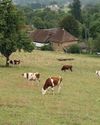
How to Buy a Smallholding in France- Long-time smallholder Lorraine Turnbull looks at the practicalities of moving to rural France
Aspiring smallholders are continually thwarted by the prices of smallholdings and property with land located within the UK. Even the humblest croft in Scotland comes with a substantial price tag and conditions which would make even an adventurous wannabee consider carefully. But all is not lost. For those willing to take the adventure of a lifetime, there is always Europe, and one of the most popular places is France.

Meet the Bournemouth goats and their supporters
These capricious animals are hard workers preserving the natural habitat
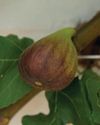
Still warm enough to sit outside with a Pizza
Henrietta Balcon uses fresh figs to create an unusual dish at Harvest time
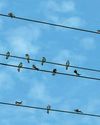
Goodbye to the birds of spring and summer
If you look and listen you might be able to see them preparing to leave says The RSPB
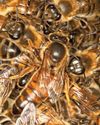
Get ready for the colder weather in the warmth of late summer
Claire Waring advises on doing the best to make sure your colonies survive until next spring
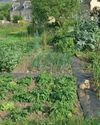
Preparing the Veg Patch for Winter
Lee Senior says, a well-run plot can excitingly continue to produce good quality, tasty, fresh food for much of winter
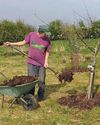
Time to prepare to plant your orchard
Wade Muggleton, smallholder and author of The Orchard Book, shares his practical experience so you can create your own fruit collection
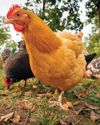
Choosing feed for the autumn
As autumn approaches, Joanna Palmer, nutritionist at the Smallholder Range, offers advice on choosing the right feed to support your adult birds through their annual moult and ensure your young birds grow and finish well at this time of the year.
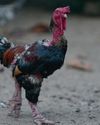
Vet advice from an experienced poultry vet
Reflecting on how much the humble hen has helped people world wide plus advice on stopping the scourge of red mite
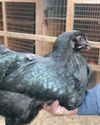
Give your hens some support
Paul Donovan looks at the right and wrong ways of handling birds